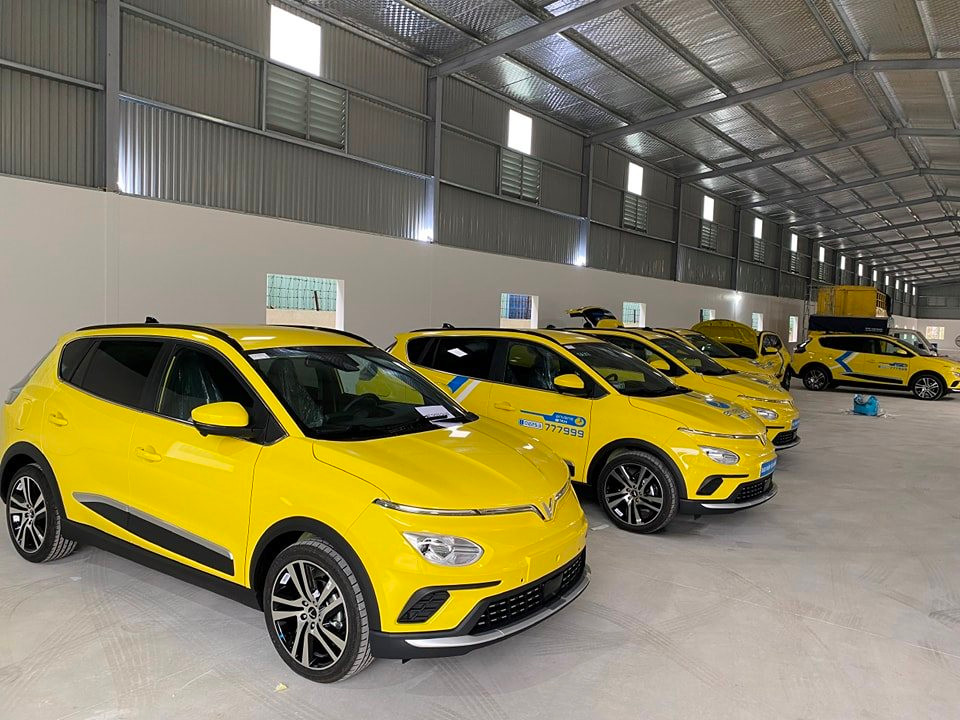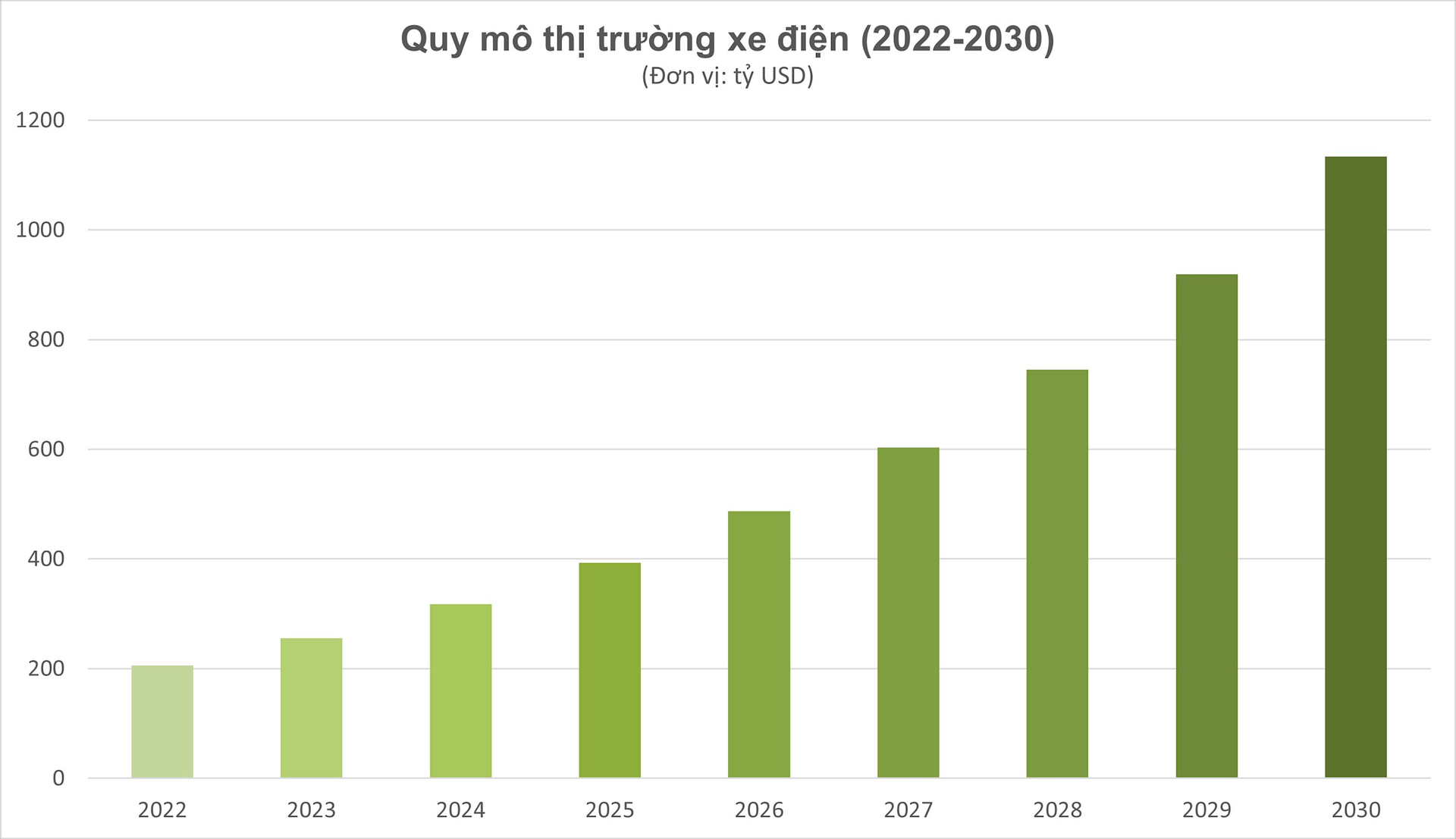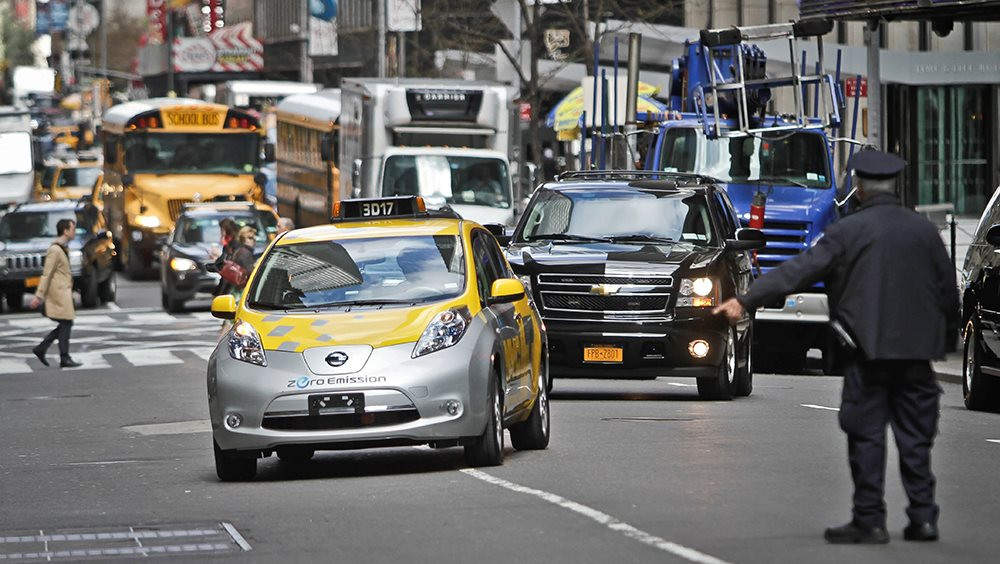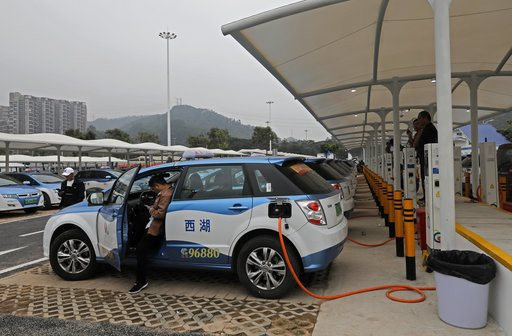Billionaire Pham Nhat Vuong’s ‘trend-catching’ mindset: opening a partner GSM company to ‘close the order’ of electric cars, the day when electric cars cover Vietnam is not far away
- Tram Ho
As a “wave catcher”, with the advantage of self-sufficiency and self-sufficiency with cheap electric cars, GSM company is likely to be a turning point to popularize electric vehicles in Vietnam.
Create a “wave” of electric cars in Vietnam by unexpected ways
In March 2023, Vingroup Chairman – Mr. Pham Nhat Vuong announced the establishment of Green and Smart Mobility Joint Stock Company (Green and Smart Mobility – GSM) providing car and electric motorbike rental services. and VinFast taxi service with a charter capital of VND 3,000 billion. This move has received a lot of attention from people, drivers and passenger transport units.
Over the past three months, GSM has continuously signed cooperation agreements with traditional taxi companies and ride-hailing applications in providing electric vehicles, putting electric taxis on the platform of ride-hailing applications. to the goal of “greening” public transport in Vietnam. Most recently, Sun Taxi decided to buy 3,000 VF 5 Plus electric cars from VinFast to supplement the fleet of petrol cars in operation.
Before the move of GSM, many traditional taxi companies are also “standing still”. Because, after many years of development, traditional taxis have been saturated and are being fiercely competed by technology vehicles.
Golden Swallow Taxi
Lado Taxi
At this time, traditional taxi companies are facing many options. Firstly, cooperate with electric taxi suppliers to increase profits from increasing trips and overtime.
Second, search and choose suppliers of battery electric cars, or hybrid cars with cheaper costs and be proactive in car maintenance and repair.
Third, businesses choose to stay out of the “game”, continue operating with internal combustion engine vehicles, or will have to change their business when petrol cars are officially “killed” in 2050. are difficult choices.
With the advantage of self-sufficiency and self-sufficiency with low-cost electric cars, GSM’s electric taxi company and its electric car line are likely to become a popular transportation service that many Vietnamese people are interested in using during this time.
The world is also “standing still” with electric taxis
Electric vehicles are an inevitable development trend for road traffic when the requirement to reduce emissions becomes urgent for most countries in the world.
According to Precedence Research data, the global electric vehicle market size reaches US$205.58 billion in 2022 and is expected to reach US$1,133.5 billion in 2030, has a compound annual growth rate (CAGR) of 23, 1% over the forecast period from 2023 to 2030.
This leads to vehicles powered by internal combustion engines being gradually replaced by electric vehicles. In particular, many taxi and car rental companies began to embrace this trend.
According to analytics site Mordor Intelligence, electric taxi market revenue in 2021 is 1.69 billion USD, is predicted to grow at an annual growth rate of more than 12% in the period 2023-2028. In particular, the Asia-Pacific region is the market with the fastest growth.
Facing the global trend of electrification, many taxi companies around the world have decided to convert part or all of their internal combustion engine vehicles to electric vehicles.
In New York (USA), today, it is not difficult to see electric Tesla or Nissan Leaf models used to drive taxis or technology cars.
Previously, in Norway, since 2019, the government of Oslo has installed a wireless charging system exclusively for electric taxis. According to the plan, Norway will complete electrification by 2025, which means that 100% of taxis in the country will have to run on electricity.
Electric taxis in the US
In China, the development of electric vehicles is considered by experts as “speedy” when continuously breaking records in terms of sales and the size of the auto industry. In 2018, the Chinese government announced that it would convert 100% of the taxis of major cities to electric vehicles.
The plan initially seemed impossible, but after only 5 years, China has come very close to this goal. Currently, the number of electric taxis in Shenzhen has reached 21,000, equivalent to 99% of the taxis in the city. In the country’s capital Beijing, to fully switch to electric vehicles, taxi companies will have to spend about $ 1.3 billion and it will take longer.
According to some drivers and customers, electric taxis are quieter and more energy efficient than traditional internal combustion engine taxis, and maintenance and repair costs are also quite affordable. Profits are also higher than before.
Electric cars in China
From July 2021, Grab has also started rolling out a new service that allows users to call hybrid or electric cars with the same fee as regular car calls in the Singapore market. In its ESG report released in June 2021, Grab said it was moving towards “a zero-carbon future” through a variety of measures, including the use of electric vehicles among its partners. drivers, as well as reforestation programs.
Recently, Blue Bird, Indonesia’s largest taxi company, is also preparing to “launch” most of its fleet with electric vehicles (EVs) from BYD, according to information from Bloomberg. About 80% of the 500 electric vehicles scheduled to be delivered to Blue Bird this year will be made by BYD, with a focus on models like the E6, T3, which are said to be suitable for the Indonesian market.
Or in India, BluSmart Mobility, a ride-hailing startup with only 3,500 electric vehicles, has successfully raised $42 million. BluSmart’s successful fundraising continues to be an affirmation of the attractiveness of the electric taxi field – a field that is becoming popular around the world.






